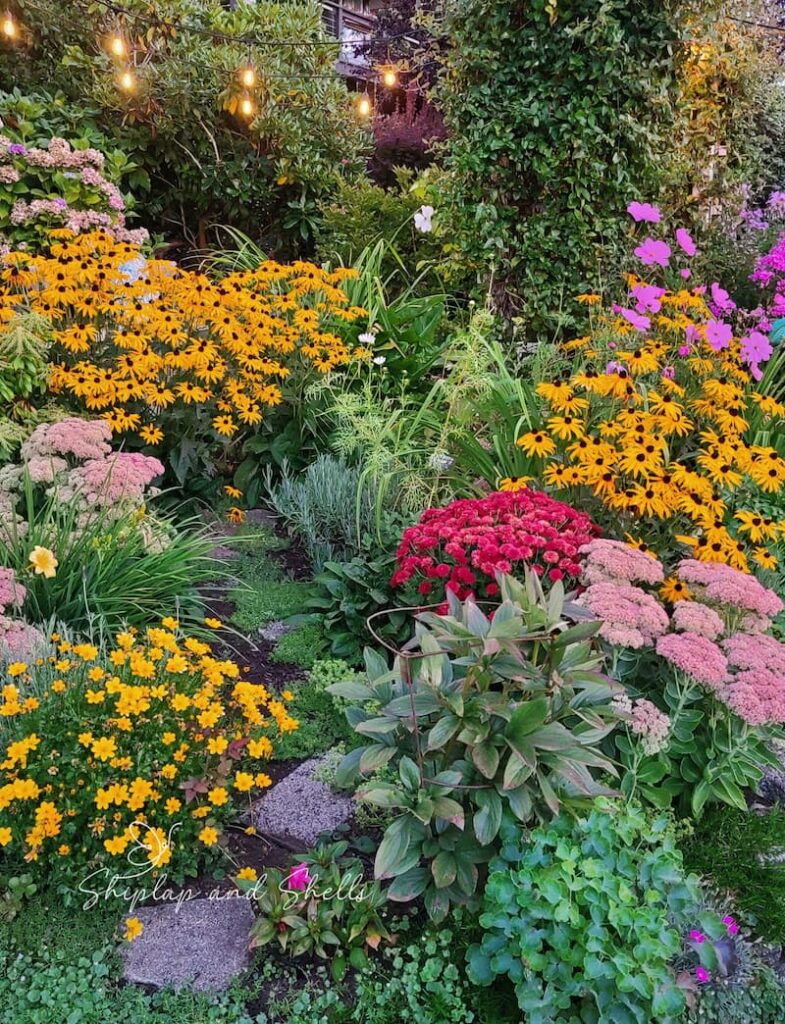Introduction
Dividing and transplanting perennial flowers in summer is a great way to rejuvenate your garden and promote healthier plant growth. By following the right techniques, you can ensure that your perennials thrive and continue to bloom beautifully year after year. In this article, we will guide you through the process of dividing and transplanting perennial flowers during the summer months.

Why Divide and Transplant Perennial Flowers?
Perennial flowers can benefit greatly from being divided and transplanted every few years. Dividing helps prevent overcrowding, promotes better air circulation, and allows the plants to access more nutrients and water. Transplanting also gives you the opportunity to redesign your garden layout and create new plant combinations.

When to Divide Perennial Flowers
Summer is an ideal time to divide and transplant many perennial flowers. The warm weather and longer days provide the plants with optimal growing conditions, allowing them to establish their roots quickly in their new location. It is best to divide and transplant perennials on a cloudy day or in the early morning or late afternoon to minimize stress on the plants.

Steps to Divide and Transplant Perennial Flowers
-
Prepare the Plant:
Water the plant thoroughly a day or two before dividing to ensure the soil is moist and easier to work with. -
Dig Up the Plant:
Carefully dig around the plant, loosening the soil to expose the root ball. Lift the plant out of the ground, trying to keep the root system intact. -
Divide the Plant:
Use a sharp knife or garden spade to divide the plant into sections, ensuring each division has healthy roots and shoots. -
Transplant the Divisions:
Replant the divisions in prepared holes in the desired location, making sure to water them well after transplanting. -
Mulch and Water:
Mulch around the newly transplanted divisions to retain moisture and protect the roots. Water the plants regularly until they are established.

Common Mistakes to Avoid
When dividing and transplanting perennial flowers, it is important to avoid common mistakes that can harm the plants. These include dividing the plant too roughly, planting the divisions too deeply, and not providing adequate water after transplanting. By following the correct techniques, you can ensure the success of your perennial transplants.

Conclusion
Dividing and transplanting perennial flowers in summer is a rewarding gardening task that can benefit both your plants and your garden’s overall aesthetic. By following the steps outlined in this article and avoiding common mistakes, you can successfully divide and transplant your perennials, promoting healthier growth and vibrant blooms for years to come.
